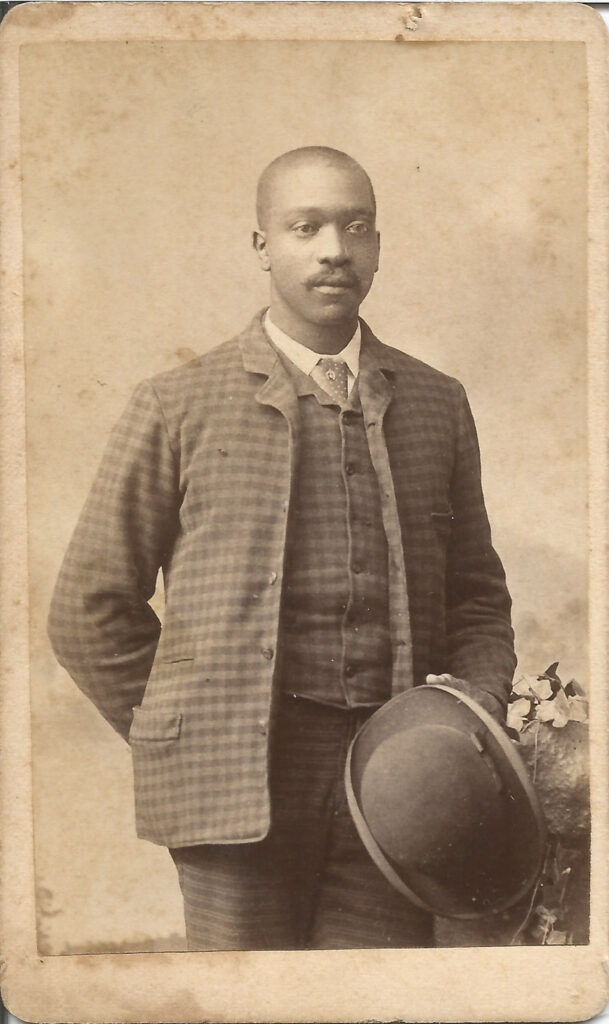Section #19 - Regional violence ends in Kansas as a “Free State” Constitution banning all black residents passes
Chapter 229: John Brown’s Plan To Attack Harper Ferry Hits A Roadblock
March – April 1858
Brown Has Trouble Finding Funding And Recruits

The Kansas battles are far from Captain John Brown’s mind early in 1858. Instead, he is focused on his plot to raid Harpers Ferry, which is proceeding much more slowly than anticipated.
The result being that Hugh Forbes, the ex-British soldier he has hired to mold his guerrilla force, remains stranded in Ashtabula, Ohio, with no recruits to train. In January 1858 Brown goes there by himself, only to find that Forbes has gone back east, and is sending notes to members of the Secret Six complaining about Brown and his failure to get paid the money he was promised.
Brown is spooked by the news and continues on east to control the damage. Along the way he stops for three weeks in February 1858 at Frederick Douglass’ home in Rochester. By this time the black icon has broken with his mentor, Lloyd Garrison and other pacifists in the abolitionist movement, and is convinced that violence alone will free the slaves.
Brown takes this time with Douglass to draft a lengthy Constitution describing principles of the new “post-slavery” government he hopes to establish. He calls the document a “Provisional Constitution and Ordnances for the People of the United States” which ends slavery and promises full citizenship and social and legal equality for…
All persons of mature age, whether proscribed (censured), oppressed or enslaved.
Given his view of himself as a patriot and a Union man, Brown rejects secession outright and simply calls for the country to live up to its stated belief that “all men are created equal.” Unlike even the vast majority of his white abolitionist allies, he is actually convinced that blacks are not inferior to whites and that they can, and deserve to be, fully assimilated into the social fabric.
His attention now turns to reassuring his Secret Six supporters and gaining support for his Constitution.
He is in Boston in March 1858, seeking another $1,000 in funding and endorsement of his framework for the Provisional Government. He receives a lukewarm response on both counts. All six agree to abolishing slavery, but full citizenship and assimilation are greeted with skepticism. He continues to outline his plans for the Virginia raids, without mentioning that the initial attack will be on U.S. property at the Harpers Ferry arsenal. The response is $600 in additional money and a plea from all but Higginson to proceed cautiously.
On April 7, 1858 Brown is in St. Catherine’s, Ontario, where he meets Harriet Tubman, is smitten by her courage and determination, and christens her a “General” in their shared crusade. He also encounters Douglass’ friend, the black nationalist, Martin Delaney, who has moved his family to Chatham, Ontario in 1854. He is forty-six years old, and has led a remarkable life as a doctor, journalist, educator, fierce abolitionist, and proponent of a return to Africa. While skeptical of all white abolitionists, Delaney, like Douglass, readily embraces Captain John Brown.
While in Chatham, he also adds one recruit, Osborne Perry Anderson, a free black who attends Oberlin College before immigrating to Canada. Anderson will be one of the five blacks at Harpers Ferry and will write a first-hand account of the action after he escapes.
These positive contacts in Canada reenergize Brown, and heads back to Springdale, Iowa now to gather up his troops and move ahead with his Virginia action.
May 20, 1858
The “Secret Six” Are Alarmed By Brown’s Angry Military Trainer
Brown reaches his Iowa quarters only to turn around almost immediately after hearing that Hugh Forbes’s campaign against him has intensified.
Forbes begins by sending an attack letter to Charles Sumner, but the Senator has forgotten Brown by the time he receives it. He then goes after Seward, pulling no punches toward Brown:
He is very bad man who would not keep his word…a reckless man, an unreliable man, a vicious man.
From there he shifts to various members of the Secret Six. His note to Dr. Samuel Howe stings not only Brown, but also his New England backers:
The humanitarians and Brown are guilty of perfidy and barbarity, to which may be added stupidity…I am the natural protector of my children, nothing but death shall prevent my defending them against the barbarity of the New England speculators.
He tells the journalist Horace Greeley that he has been “deceived, misled, swindled, beggared, his family turned into the streets to starve.”
Most recipients of Forbes’ ire dismiss him as unhinged – but not the members of the Secret Six. They are alarmed by the publicity, especially in Washington, and fearful of personal repercussions. With the exception of Higginson, they decide to tell Brown to postpone any action for the time being.
On May 20, 1858, they meet with Brown in Boston and deliver the news.
This “pause” in the action will last for 22 months, until the actual raid on October 17-18, 1859.
Brown returns to Iowa and disperses his recruits, several of whom will drop out for good. By the end of June, 1858, he will be back in Kansas, now wearing a full white beard and sporting a new alias, Mr. Shubel Morgan.